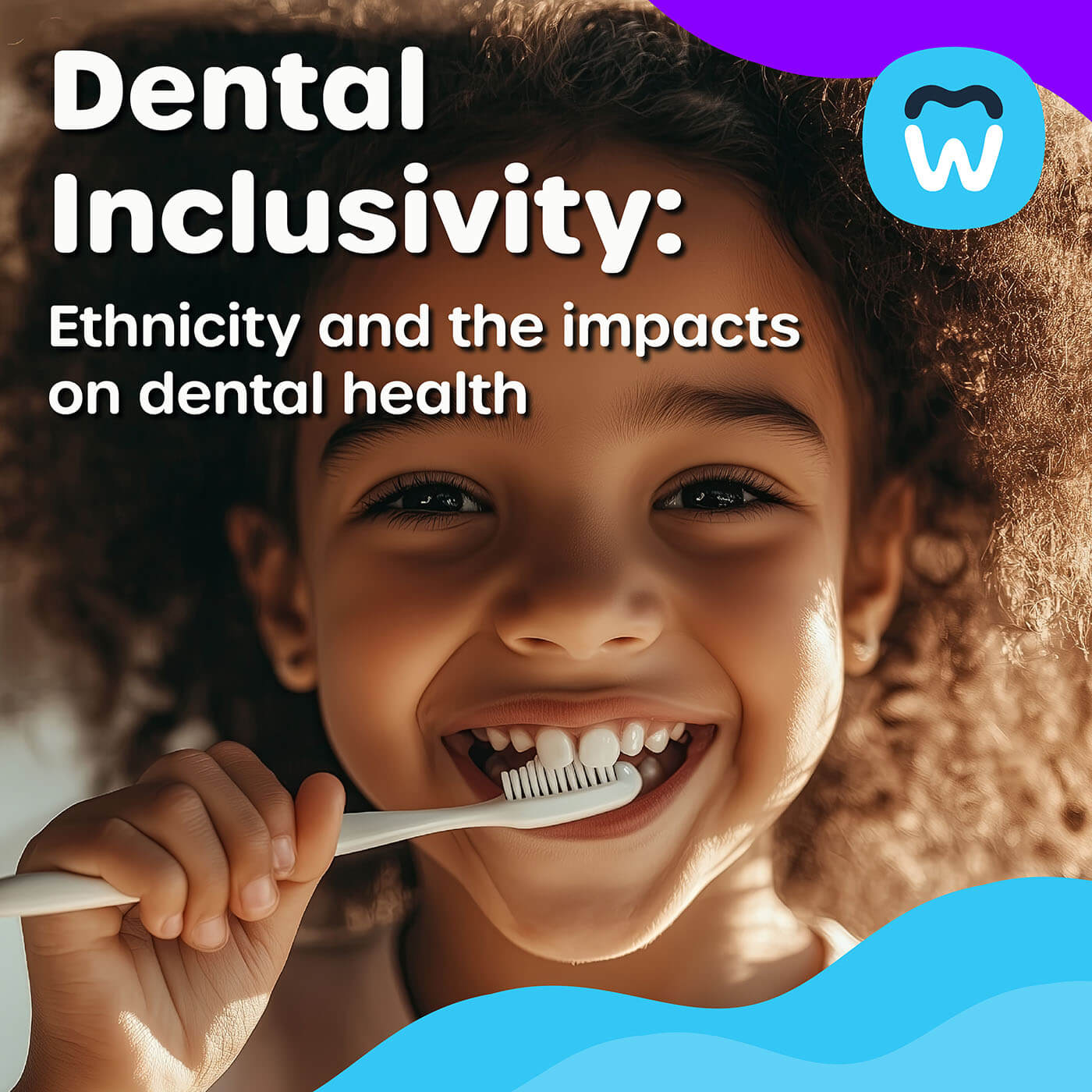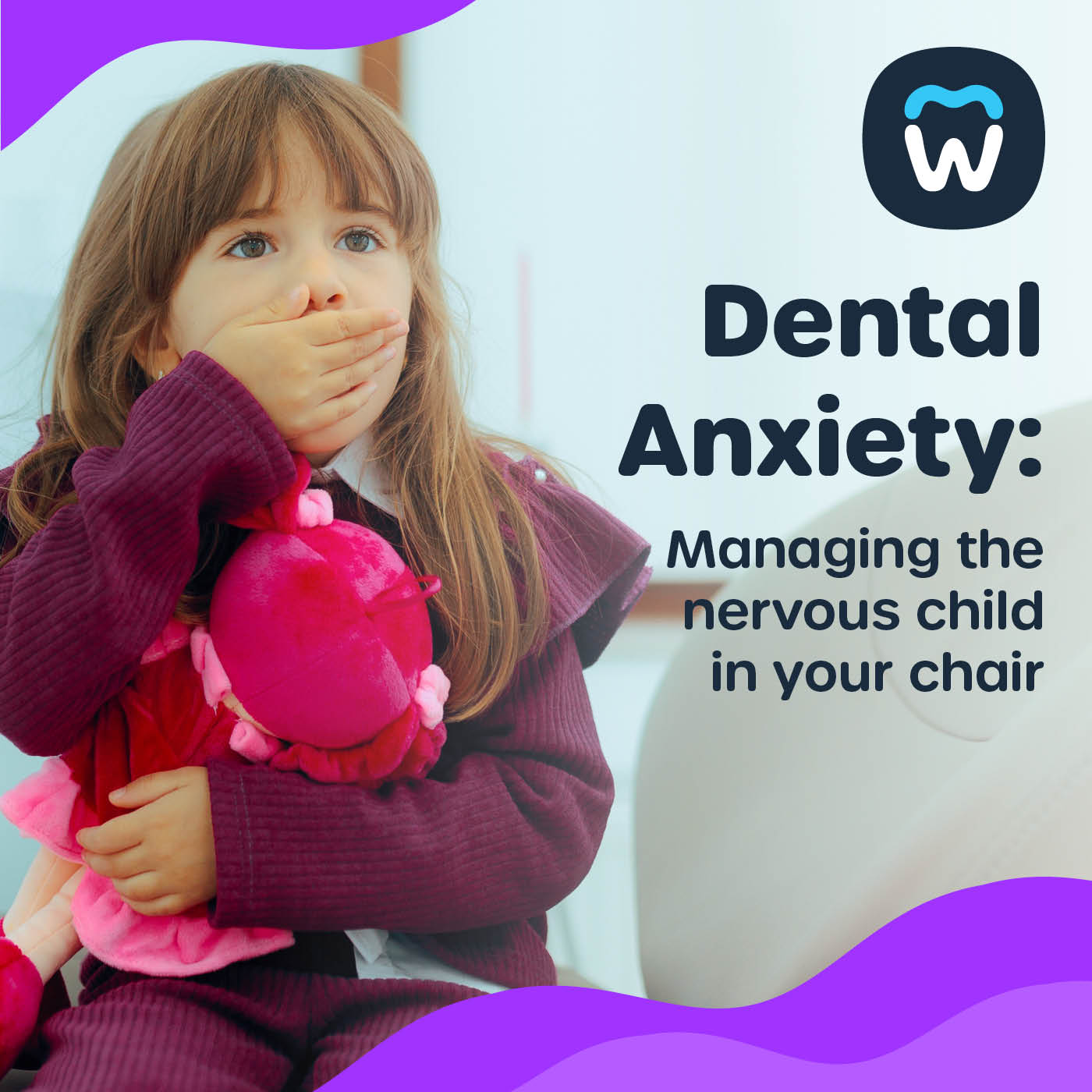Sensory sensitivities, such as heightened reactions to sounds, tastes, textures, and bright lights, affect up 16% of children in the U.S.1 These sensitivities are much more common in neurodivergent kids and consequently they can find dental visits particularly overwhelming.1 Such sensory challenges can also interfere with consistent and effective preventative care at home. In this article, we’ll explore how dental professionals can create more supportive experiences in the clinic, along with helpful strategies for families to improve everyday oral care routines.
What are Sensory Sensitivities?
Sensory processing is part of normal development and is a complex set of behavioral interpretations and reactions to everyday sensory experiences.1 It supports regular functioning by helping us self-regulate, interact socially, and develop adaptive behavioral skills and abilities. However, sensory processing can become a problem when it interferes with one’s functioning in daily life.1
Current estimates indicate that 5% to 16.5% of the general population have symptoms associated with sensory processing challenges. However, these figures are considerably higher for populations such as those with autism spectrum disorder (ASD) and attention deficit hyperactivity disorder (ADHD).1 In the US, 1 in 36 children have been identified with ASD and around 10% of children and adolescents aged 4–17 have ADHD.3,4
69%–93%
Prevalence of sensory symptoms in people with ASD2
In neurodivergent children, sensory sensitivities or responsiveness can be classified into three main categories:1,2
-
Hypersensitivity:
Over-reactivity to sensory input, such as covering ears to a sound
-
Hyposensitivity:
Under-reacting to the sensory environment such as not turning to a loud noise
-
Sensory seeking:
Over interest in aspects of the sensory environment including prolonged looking or repetitive touching
Sensory Sensitivity and Dental Visits
For neurodivergent children, a typical dental visit can feel overwhelming compared to neurotypical kids.5 Bright lights, unfamiliar sounds, strong smells, and new textures can easily trigger discomfort or distress. This can lead to dental anxiety, avoidance of appointments, fear of procedures and sub-optimal preventative care at home.
Let’s look at how these sensitivities can affect children and how making small adjustments can make your dental practice less threatening and more welcoming for these young patients:
Sensory Challenges for Young Neurodivergent Patients

Preparing for a Visit
Being familiar with the patient’s medical history is essential. This will help with treatment planning but also indicate if a child needs additional support or adjustments during the consultation.6 A specific sensory questionnaire on likes and dislikes can also provide more detailed information.
Prior to the appointment, your team could:
- Give parents and children information or links to online resources to prepare them for what to expect and reduce distress7
- Tell parents to bring items that may help the child relax more at the appointment7
- Provide a longer appointment time for neurodivergent patients to allow them to become comfortable in unfamiliar surroundings, and as communication may take longer8
- Make reception staff aware the patient has sensory sensitivities so they can interact in an appropriate way and make allowances such as directing them to a quiet waiting area9
During the consultation
Setting clear expectations in a positive way will help young neurodivergent patients navigate the sensory journey of a dental appointment.7 Let them have their own distracting or comforting items provided they don’t interfere with treatment.8
Agreeing the use of stop signals such as raising a hand can be practised before the procedure, possibly as part of a ‘Tell-Show-Do’ procedure. This is using appropriate language to explain what will happen, demonstrating on a hand or inanimate object before performing the procedure.7
Here are few signs to look out for and how to help support kids:5-10
Sensory Sensitivity and Possible Response |
Support and Adaptations |
Auditory (sounds): |
|
Hypersensitivity:
Hyposensitivity:
Sensory seeking:
|
|
Visual / Light |
|
Hypersensitivity:
Hyposensitivity:
Sensory seeking:
|
|
Smell: |
|
Hypersensitivity:
Hyposensitivity:
Sensory seeking:
|
|
Taste: |
|
Hypersensitivity:
Hyposensitivity:
Sensory seeking:
|
|
Touch and Texture: |
|
Hypersensitivity:
Hyposensitivity:
Sensory seeking:
|
|
The Impact of Sensory Sensitivity on Preventative Care
Children with sensory challenges may find toothbrushing uncomfortable or even painful, leading to avoidance or sub-optimal oral hygiene habits at home. For example, the texture of toothbrush bristles, the taste or foaming of toothpaste, or the sensation of brushing itself can all be off putting.
Up to 73%
Of parents of ASD children reported difficulty
with their child’s toothbrushing on a daily basis11
Also, over 50% of parents of children with ASD reported that their child required “some or complete” physical assistance with toothbrushing compared to 28% of parents of neurotypical children.10
What can we do to help neurodivergent kids with sensory sensitivities when they’re away from the practice?
The AAPD recommends establishing a “Dental Home” for kids, especially those with special care needs. This provides coordinated and personalized oral care through an ongoing relationship between the dental professional and the patient and their family.6
Utilizing automation can help neurodivergent children with more effective brushing. Willo is the fully automated toothbrush that makes brushing easy:
- Proven to remove 7X MORE plaque in hard-to-reach areas12
- A controlled, consistent clean without over-stimulation, every time
- State-of-the-art OtpiClean brush head delivers correct brushing technique at the push of a button
- Sensory-friendly toothpaste that’s SLS-free and minimal flavor and texture
- Mess-free: Dispenses the perfect amount of toothpaste and built-in suction system removes excess liquid—no spitting, no mess
- Motivational app tracks brushing and rewards healthy habits
Summary
Sensory sensitivities can make oral hygiene more challenging, both in the dental practice and at home. However, with thoughtful planning, small adjustments, and your supportive preventive care, neurodivergent children can absolutely achieve the same standard of oral health as their neurotypical peers!




